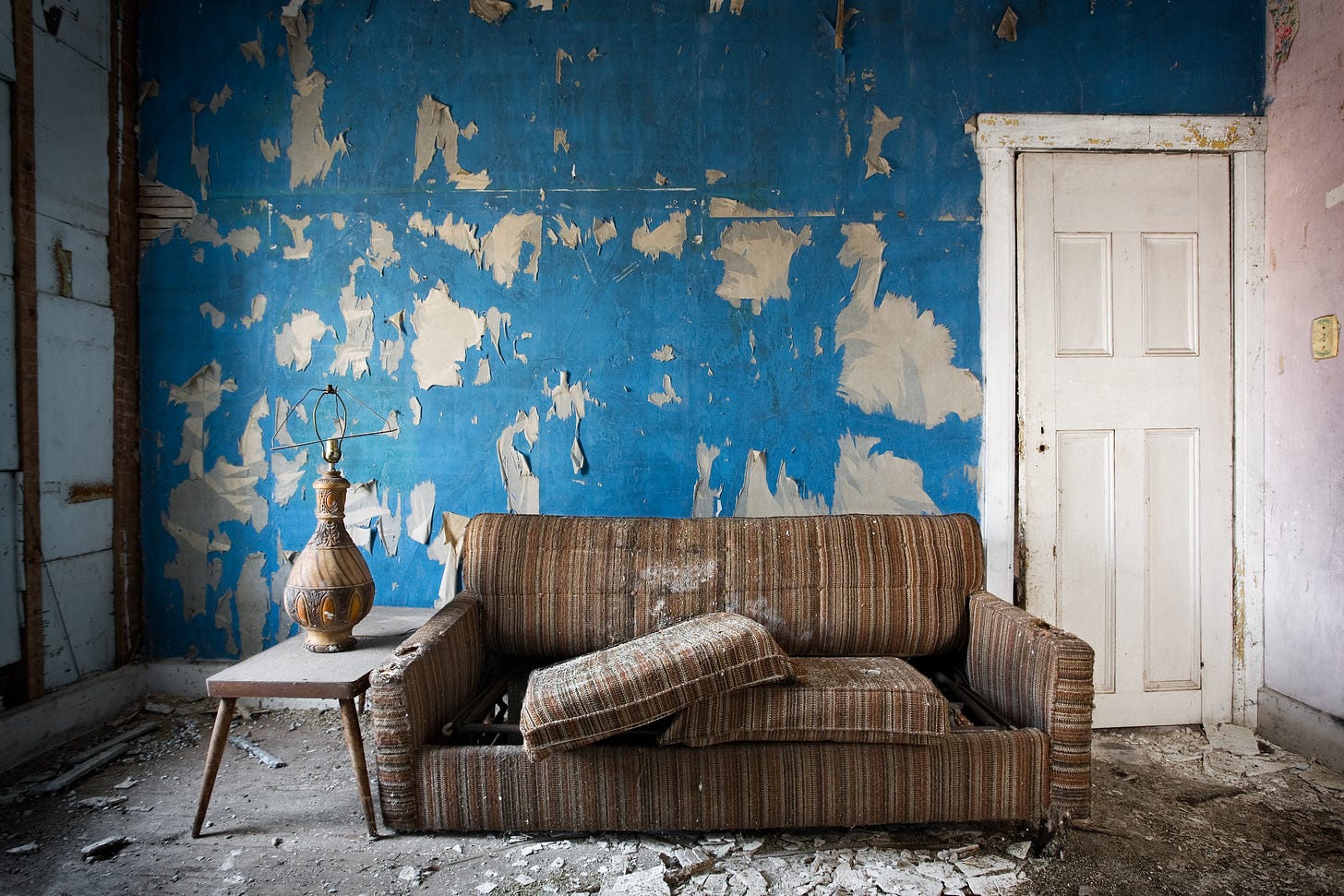Where did Canada’s middle class go?
A new measure reportedly defines 73% of Canadian households as “lower income”.
This morning, Canada's governing Liberals announced they would grant a one-time, minimal subsidy to what a government source described as "lower income" Canadians.
While the efficacy of the measure will be debated in the coming days, buried in the article that discussed the measure was something alarming. The measure, again - reportedly aimed at "lower-income" Canadians - will affect over 11 million households.
Does this mean that the federal Liberals now define 11 million Canadian households -or 73% of all Canadian households - as low-income?
The Liberals probably didn't intend to admit to this fact, but it's about time they did. Over the past several years, the "middle-class Canada" touted in their 2015 election platform has been reduced to myth.
Sharp inflation has dramatically reduced household spending power. Wages have not kept pace with the sharp rise in inflation. Interest rates have sharply risen. Said differently, today, many Canadians have limited disposable income to weather emergencies, pay off debt, save for a house or a vehicle, or have kids.
This situation raises the question - has Canada's middle class been erased?
Canadian Prime Minister Justin Trudeau and his government have historically needed help defining Canada's middle class and who comprised it. And while there are numerous formal ways economists might define the term, from a sociological perspective, in Canada "middle class" has been less about an income level and more about the promise of upward social mobility. Many Canadians would likely describe those who occupy the middle class as having enough earning power to be both financially stable enough to cover their expenses and have enough disposable income to, over time, advance their household’s financial position through things like purchasing a home or saving for retirement.
But much recent data proves that the prospects for this type of upward social mobility in Canada has diminished, particularly for young and new Canadians. At the time of the Liberals election in 2015, the average cost of renting a two-bedroom apartment was $949, while today - only eight years later - the figure sits at $2103. The average home price also doubled from 2015 to 2021, increasing from $413,000 to $811,700. In 2015, the average cost of a new car was around $28,000, while today, it is $55,469. In 2015, the average price of a litre of gas was $1.04, while today, the cost is hovering around $1.50.
And while the costs are increasing, the cost of borrowing money to pay for them has also skyrocketed. The prime lending rate in Canada rose from 2.7% in 2015 to 6.7% today. Conversely, in recent years, the rate of increase in the cost of living has not kept pace with increases in wages. And, Canadian households are also struggling with the financial implications of a failing health care system in a high tax environment, child care, and caring for aging parents.
The Liberals have a big political problem if the thin veneer of hope of upward financial mobility continues to disappear for millions of young and new Canadians. As the capacity for Canadians to make their income go farther than paying for the necessities of life decreases, so goes trust in the Liberals' ability to lead. This dynamic is already showing itself in public opinion polling.
So as Parliament heads into the tabling of the federal budget this week, the government will have to contend with a voting public that is more attuned to the fact that high rates of federal Liberal deficit spending have decreased disposable income. This dynamic means that the Liberals should show restraint while also addressing other related structural causes of inflation.
At the very least, Trudeau has some explaining to do as to how his party went from promising "a strong plan for the middle class" in 2015 only to set 73% of Canadian households onto a "lower-income" trajectory eight years later. Shattering the hope of upward financial advancement for millions of Canadians by shifting their financial prospects towards a “lower-income” category cannot be considered a political victory.
Eight in ten Canadians considered themselves part of the middle-class several years ago. Today, in debt, unhoused, without savings, it seems like the federal government is doing little to increase their spending power. So unless something dramatically changes, come the next election, millions of Canadian households might be soberly rethinking their answer to that question.
The question every politician will want to know is, are you one of them?


